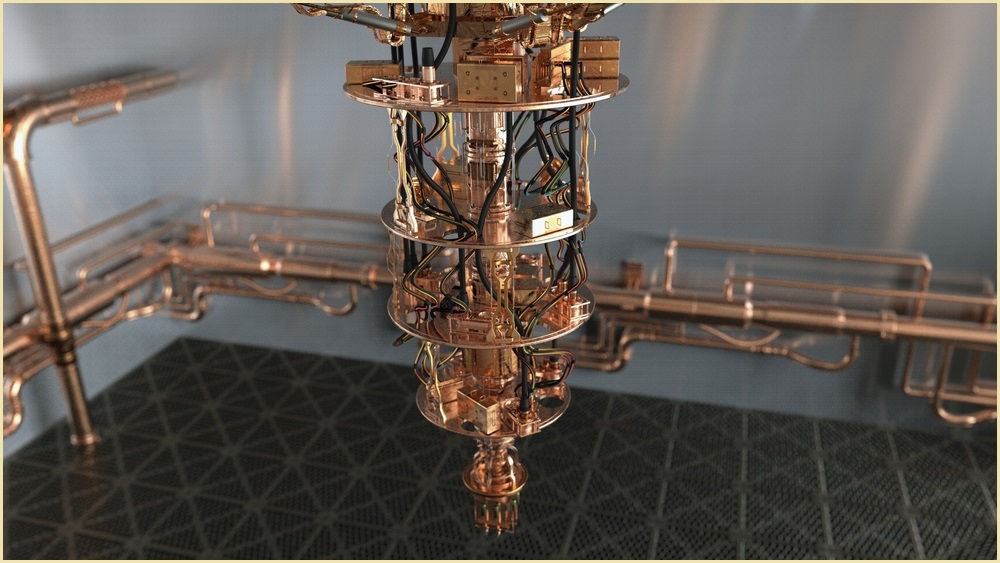The federal government has refused to reveal how much money it has allocated to its quantum strategy this year, fuelling speculation it is looking to buy a quantum computer through a secret procurement process.
Treasurer Jim Chalmers unveiled the Mid-Year Economic and Fiscal Outlook (MYEFO) last week, including a line item for the “National Quantum Strategy - implementation” in 2023-24 to the Department of Finance and the Department of Industry, Science and Resources.
But this figure was labelled “not for publication” due to “commercial sensitivities”, with the amount the government has allocated for quantum spending shielded from the public.
The funding provided to the quantum strategy has come from savings identified from elsewhere in the Industry, Science and Resources portfolio, MYEFO revealed.
The reliance on commercial-in-confidence adds further fuel to speculation that the government is looking to buy a quantum computing system through a secret procurement process, as first revealed by Information Age.
The federal government is rumoured to be favouring US-based quantum company PsiQuantum which has a mission to “build and deploy the world’s first useful quantum computer”.
These revelations have rankled the local quantum sector, which has existing expertise in the space.
One industry source told Information Age that the government’s potential decision to buy the technology from a US-based company may negatively impact how the local quantum industry is perceived by international investors and buyers.
According to University of Technology Sydney senior lecturer Simon Devitt, a decision to buy an as-yet unproven technology is a “ludicrous waste of money”, with these funds better spent on shoring up local academic research.
“These systems are often extremely expensive and their value is questionable at the very least,” Devitt said.
“They do not provide any kind of commercial utility for high-performance computing, and the utility for developing quantum algorithms or in education is essentially non-existent.”
The federal government has not previously stated that it is looking to buy a quantum computer.
The Australian quantum strategy was unveiled in May this year, with a focus on research and development, supply chain, workforce, standards, and equality.
It included no mention of purchasing a quantum computer.
The strategy is based on five themes: securing the industry’s supply chain, building a quantum workforce, keeping standards development in line with the national interest, and ensuring the ecosystem is ethical and inclusive.
The Australian Centre for Quantum Growth was also recently established, with an aim of building a quantum workforce and developing ties to support the local industry.
Applications for grants through this centre are now open and will close on 24 January next year, with a total of $18.5 million on offer.
MYEFO cuts funding to Economic Accelerator
The MYEFO also included a significant funding cut to the previous Coalition government’s accelerator program for research translation and commercialisation.
The update revealed that $46.2 million over four years will be “reprioritised” from Australia’s Economic Accelerator (AEA) program within the Department of Education.
This program aims to build a research pipeline and enable Australia to realise the returns on this investment.
The AEA was launched by the then-Coalition government in the March 2022 budget, with $502.2 million in funding over five years from 2021-22 and $182.3 million in annually ongoing funding.
The funding cut amounts to a reduction in funding for the accelerator of nearly 30 per cent.
The Australian Academy of Technological Sciences and Engineering (ATSE) said the funding cut may hamper innovation in Australia.
“Australia’s Economic Accelerator program is a critical initiative commercialising great Australian research into homegrown innovations,” ATSE CEO Kylie Walker said.
“With research funding in Australia falling, and our international peers eclipsing us - now is not the time to put the brakes on programs aimed at giving Australia a competitive edge.
“In its first year of operation, the AEA program received research applications for 10 times the amount available. Reallocating the AEA fund provides a short-term balance to the budget, at the cost of long-term returns and innovation.”










